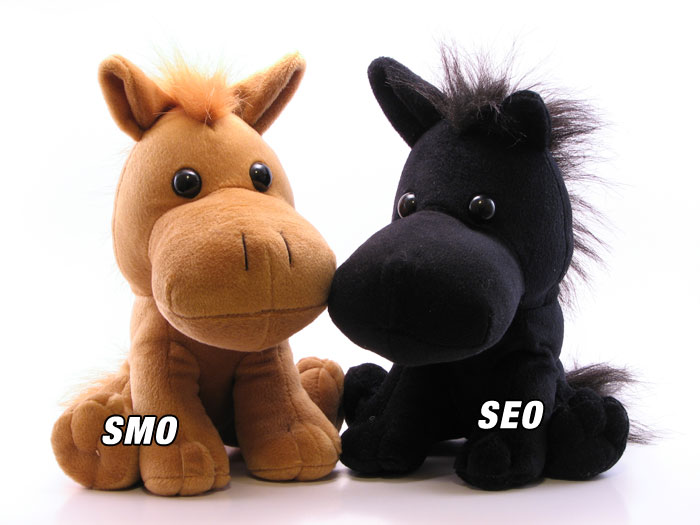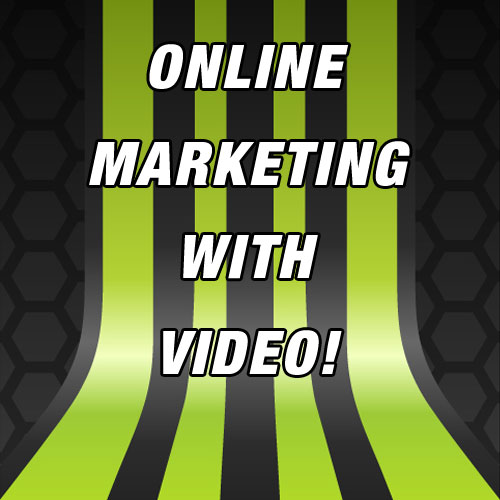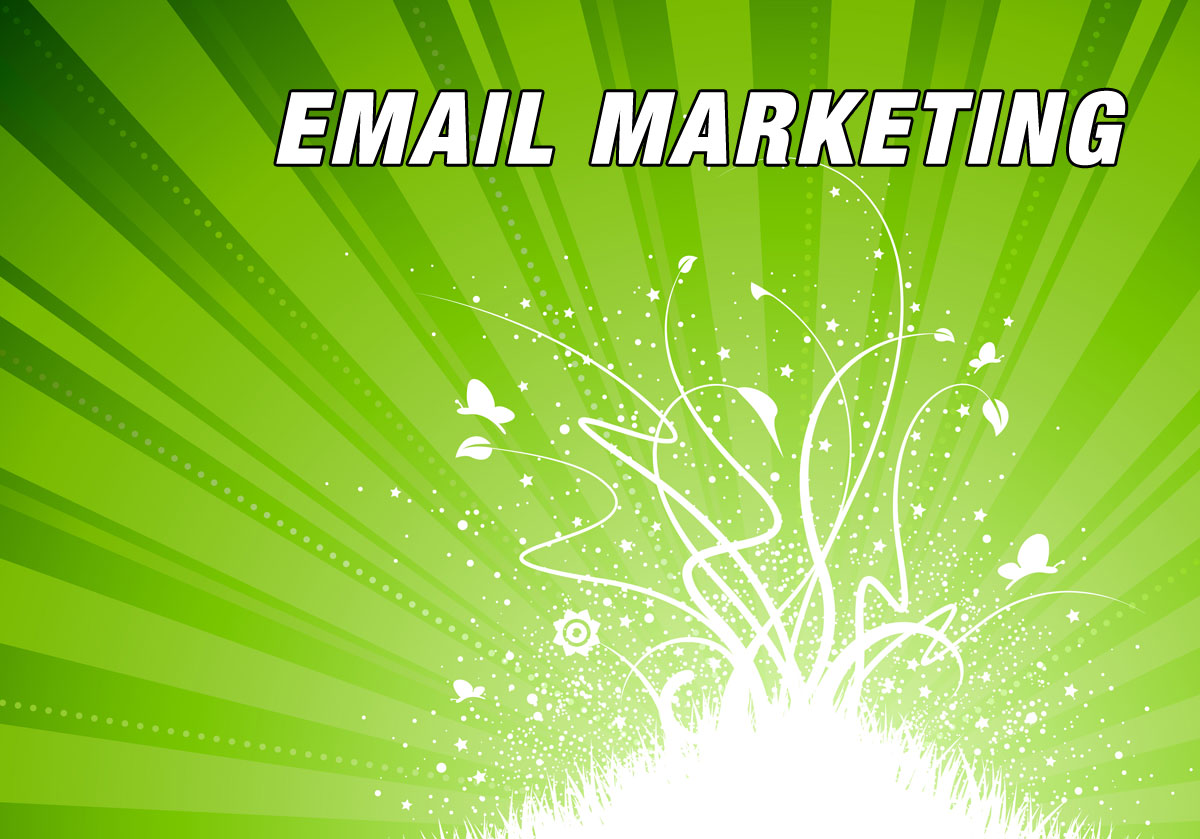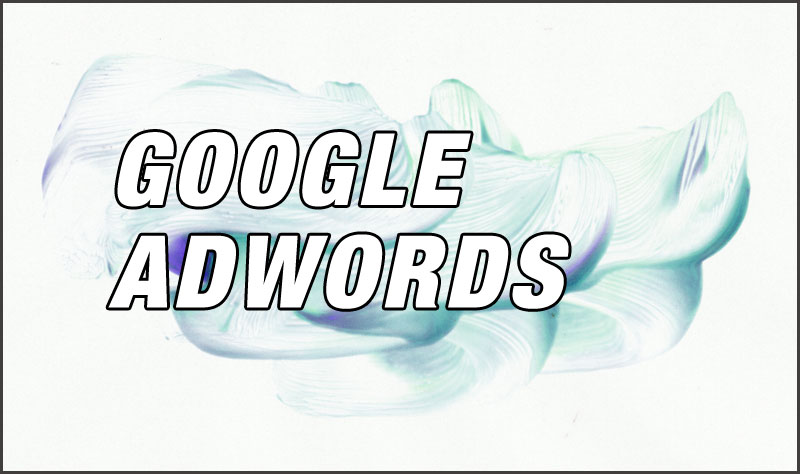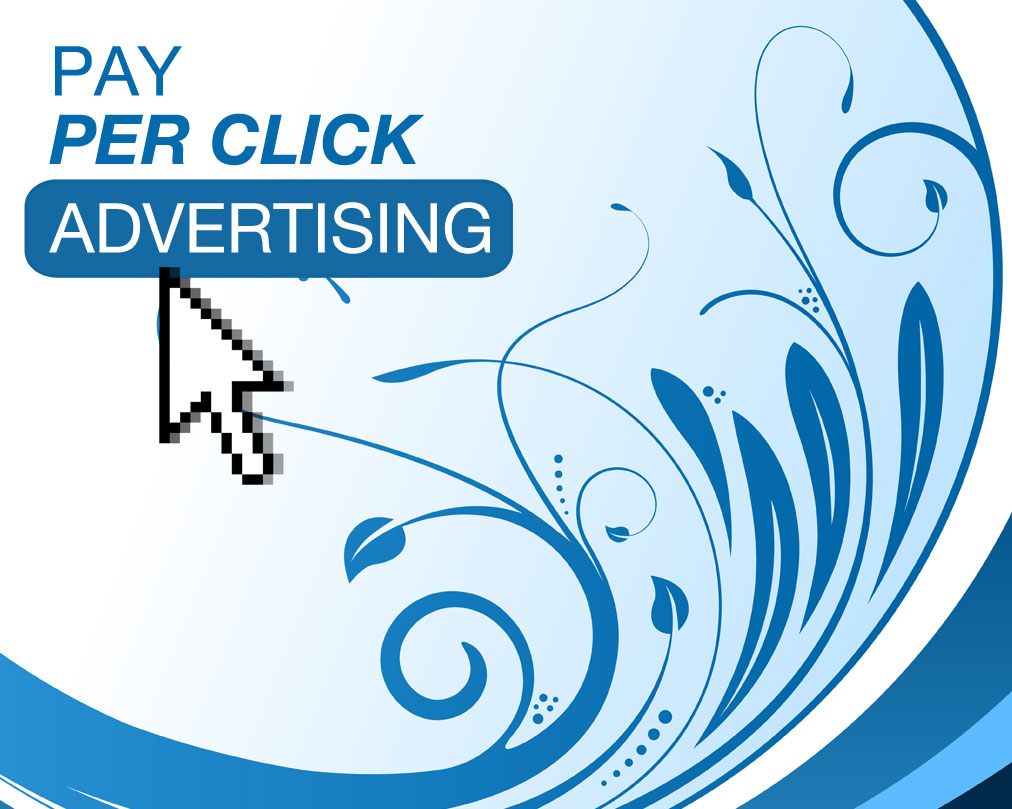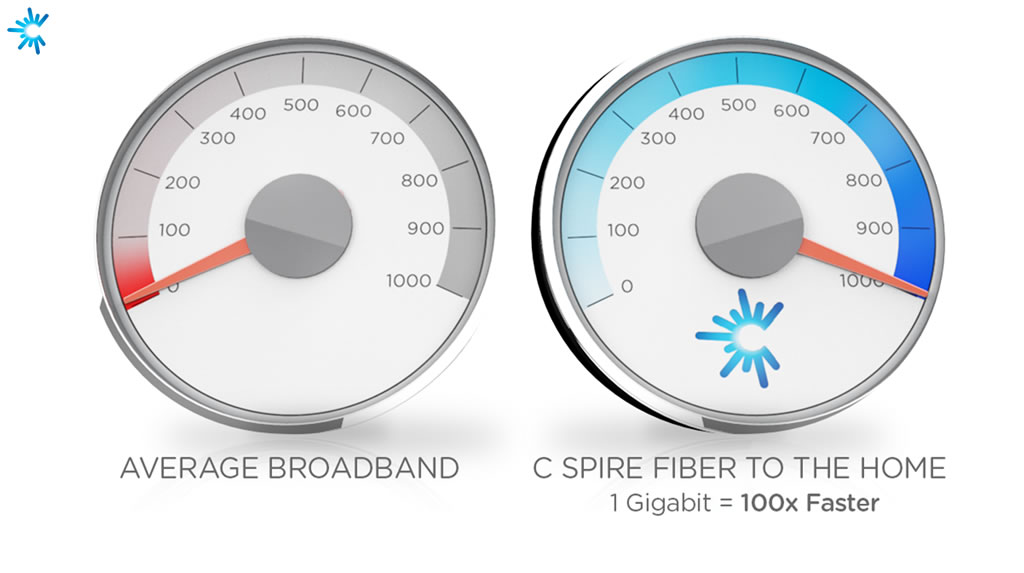
Today Mississippi-based wireless provider announces it will offer 1 Gbps fiber Internet to nine Mississippi communities including Batesville, Clinton, Corinth, Hattiesburg, Horn Lake, McComb, Quitman, Ridgeland and Starkville.
Pricing for this service starts at $80 a month or $140 a month for Fiber Internet and digital TV. If you’re already a C Spire customer you will receive an additional $10 off per month. 1 Gbps Internet is 100 times faster than most current home Internet speeds.
Here’s the C Spire press release in its entirety:
C SPIRE REVEALS FINALISTS FOR ‘GET FIBER FIRST’ CHALLENGE – BRINGS FIBER TO THE HOME DEPLOYMENT ONE STEP CLOSER TO REALITY
Cities and Towns Across Mississippi Answered C Spire’s Call-To-Action and Joined the Race To Make 1 Gigabit Internet Access Available To Their Residents
Ridgeland, Miss (Nov. 4, 2013) – C Spire announced today the nine Mississippi cities that will be finalists for the nation’s first and only statewide roll out of ultra-fast 1 Gbps broadband fiber to the home Internet service.
The nine communities who will be participating in the initial phase of the historic broadband initiative include Batesville, Clinton, Corinth, Hattiesburg, Horn Lake, McComb, Quitman, Ridgeland and Starkville. These cities and towns were among 33 municipalities that submitted formal applications late last month to be the first to bring the technology of tomorrow to their communities today.
From Southaven to Gulfport, cities responded to C Spire’s Get Fiber First Challenge, which began in
September when the company announced a statewide initiative to deploy ultra-fast 1 Gig Fiber to the
Home Internet in cities and towns that best showcase their passion for securing service that’s 100 times
faster than national average broadband speeds.
All of the applicants developed creative, aggressive campaigns featuring rallies and town hall meetings,
local celebrations, door-to-door canvassing, mobilization of neighborhood groups and homeowner
organizations, dedicated websites, social media campaigns and even stadium and freeway billboard
advertisements.
C Spire had initially hoped to name multiple cities as finalists, but because of the strength, quality and
comprehensive nature of submissions by so many cities, the company decided to increase the number
of partner communities to nine during the first phase of the initiative.
The finalist cities were announced during a news conference at C Spire headquarters with Mississippi
Gov. Phil Bryant, a host of state and local elected officials and representatives from the Fiber to the
Home (FTTH) Council Americas. Bryant acknowledged the historic announcement by presenting a
proclamation declaring Monday, November 4 as “Get Fiber First” and “Gimme Fiber” day in Mississippi.
“We’re proud to stand shoulder to shoulder with a company that cares about the future of Mississippi
and is investing its resources to ensure that we become a leader for U.S. technology investment,” Bryant
said. “Fiber to the Home technology will make our towns and cities stronger and more attractive places
to live and work.”
C Spire also announced pricing for its ultra-fast Internet and related digital television and home phone
services. The 1 Gbps Internet access will be available for $80 a month, $100 a month for combined
Internet and home phone, $140 a month for Internet and digital TV and $160 a month for the entire package. C Spire Wireless customers will receive an additional $10 monthly discount on all
packages.
The finalist cities were selected by a C Spire review panel that considered factors like proximity to the
company’s fiber optic infrastructure, community mobilization capabilities and incentives to speed up the
construction process and reduce overall costs. The application review process was monitored and the
Individual and overall results tabulated by Ridgeland-based Horne LLP, one of the nation’s top
independent public accounting and business advisory firms.
“We are truly impressed with the overwhelming show of support for C Spire’s Fiber to the Home
deployment and the tremendous interest and demand for making this service a reality for the residents
in these communities,” said Hu Meena, president and CEO of C Spire. “The positive response we’ve
received only strengthens our determination to bring 100-times-faster Internet, and the limitless
possibilities that come along with it, to as many people as we can because we know that this service has
the power to transform our state into a hub for technology investment and economic growth.”
Meena said C Spire plans to continue working with the cities that were not selected in the preliminary
round and will share best practices and improvements that promise to make the process easier, faster
and better for subsequent challenges. “We want to ensure that all of our communities remain actively
engaged in the process and keep the demand and excitement alive for upcoming phases,” he said.
Officials with Fiber to the Home Council Americas also participated in the news conference after
announcing in September that C Spire had been chosen as the North American showcase initiative for its
inaugural “Gimme Fiber Day” award.
The award is part of an annual event and celebration to honor the achievements of Professor Charles
Kao, who pioneered the use and development of fiber optics in telecommunications, and showcase how
fiber optics have positively impacted communities around the world and what policymakers can do to
accelerate its deployment and adoption.
“We are incredibly excited to be recognizing C Spire and the state of Mississippi during our inaugural
Gimme Fiber Day celebration,” said FTTH Council President Heather Burnett Gold. “Increasingly,
communities and companies around the U.S. are recognizing the power that FTTH brings, and we’re
glad to be celebrating in Mississippi, a state that has not traditionally led the digital charge, but where
individuals, communities and technology companies like C Spire recognize that they must take control of
their own broadband destinies to secure a high-tech future.”
“Fiber to the home is a transformative technology, serving as a platform for innovation and a whole new
Internet experience,” Meena said. “We thank the Fiber to the Home Council for this honor and look
forward to showing them the power of Internet at the speed of light as we turn up service soon in the
first C Spire Fiber cities in Mississippi.”
Now that the finalist cities have been selected, the next phase of the ‘Get Fiber First’ Challenge kicks
into high gear. As this stage gets under way, elected officials and community leaders will be rallying
their respective communities to quickly pre-register homeowners in designated neighborhoods at
percentage levels that will qualify them to be the first for C Spire’s build out of the service.
As soon as a critical number of neighborhoods have reached their percentage goals in an individual city,
C Spire plans to begin construction in those areas – so there is a possibility that work could commence in
more than one community at the same time, said Gregg Logan, senior vice president of C Spire Fiber.
Logan said pre-registration in the nine cities begins soon when C Spire launches an updated Fiber to the
Home website – www.cspire.com/fiberhome – with functionality that shows Individual neighborhoods
in each community and the percentage of residents who are needed to sign up for the new service.
Residents will be asked to make a $10 refundable deposit and provide credit card information when
they pre-register. The website also will feature detailed, interactive maps of neighborhoods in cities
showing progress each one is making toward turning their area “green” and qualifying for build out of
the service.
Logan said C Spire hopes to start turning up 1 Gig service in the first C Spire Fiber neighborhoods by
the middle of next year. The service is expected to pave the way for improvements in the areas of
healthcare, education, civic life, municipal services and economic growth.
To learn more about C Spire’s Fiber to the Home initiative, as well as to discover how you can help
your community get to the finish line first by pre-registering, visit www.cspire.com/fiberhome for more
details.
About C Spire
C Spire is a diversified telecommunications and technology services company that provides world-class customer
service and a superior comprehensive suite of customer-inspired wireless communications, high-speed Internet
access and a range of other telecommunications products and services to consumers and businesses with a
personal focus. This news release and other announcements are available at www.cspire.com/news. For more
information about C Spire, visit www.cspire.com or follow us on Facebook at www.facebook.com/cspire or Twitter
at www.twitter.com/cspire.








